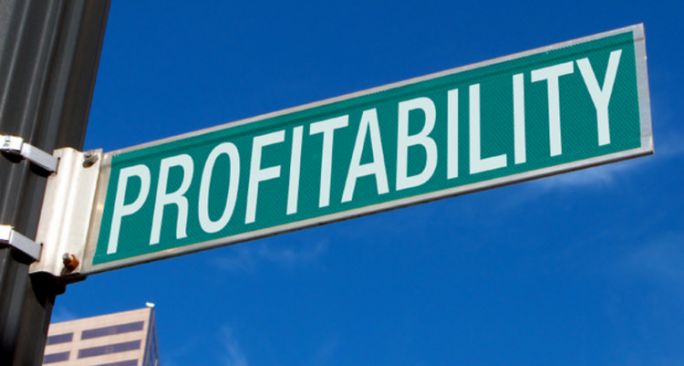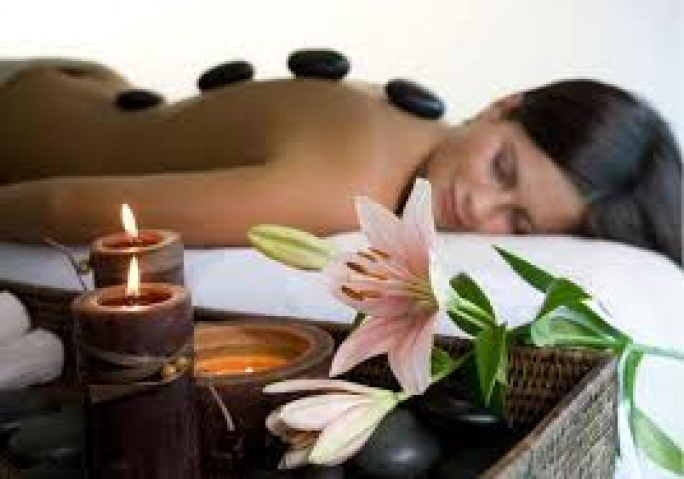The History Of Spas And Spa Treatments
Today, spas are at the forefront of a holistic health and wellness movement that is taking over the world, as individuals learn that the most effective approach to health is maintaining a balanced body and lifestyle. Spas are now regarded as being home to some of the most modern and pioneering treatments and research into nutrition, mindfulness and wellbeing, from the nourishing treats experienced during luxury spa breaks to the bespoke plans provided on health retreats. However, the modern-day spa has deep roots, having grown from some of the most long-standing health practices in the world. Whether you are interested in learning about the origins of the treatments you experience on your next visit, or are simply intrigued to find out about how spas and spa treatments have changed over time, the history of spas and spa treatments is sure to fascinate.
The origins of the spa
While many of us associate traditional spas with Roman baths, the origins of spa-type therapies extends to prehistoric times with the belief in the curative powers of mineral waters. Paul Joseph, co-founder of Health and Fitness Travel, the leading experts in tailor-made wellness holidays worldwide explains: “Spas, healing waters, thalassotherapy, hydrotherapy and hot springs date back to thousands of years - an ancient practice conducted long before the Greeks and Romans!”
One of the first accounts of bathing used as a curative process rather than a simple hygiene ritual was written by ancient Greek philosopher Hippocrates, who was active between 460 and 370 B.C. Hippocrates proposed that the cause of all ailments was an imbalance of bodily fluids, and advocated that: “The way to health is to have an aromatic bath and scented massage every day.” This principle is known as balneotherapy, and is the founding principle of spa-going, influencing everything from mineral-infused treatments to thalassotherapy - swimming in seawater to heal the skin.
As Swim University explains, no-one knows exactly when the word ‘spa’ began to be associated with these healing practices. However, there are two main theories on the term’s etymology. One is that the word spa in Latin is an acronym of “salus per aquae”, meaning “health from water.” Others believe the word spa comes from a small Belgian village called Spa, where hot mineral springs were used by Roman soldiers to treat aching muscles and wounds from a battle. Whatever the true origin, the oldest Roman spa still in existence today can be found in Merano, Italy.
In their early history, the primary use of curative baths was indeed to heal the wounds of Roman soldiers during the reign of Caesar Augustus from 27 B.C. to 14 A.D. At this time, there were approximately 170 baths in Rome, but by 43 A.D. citizens of Rome began to view baths as form of rest and relaxation for all. In 70 A.D. the Romans built a spa around the hot springs at Bath, the first of its kind in Britain.
It was around the year 1300 that natural springs began to be called ‘spas’. In 1326, Collin le Loup, an ironmaster from Liège, Belgium, discovered the chalybeate springs in the town of Spa, Belgium. Around these springs, a famous health resort eventually grew and the term “spa” came to refer to any health resort located near natural springs, with individual springs being associated with the disease they were thought to benefit.
However, it was not only in Greece and Rome that rituals associated with spa-going were developing. From Japanese “Ryoken” to Turkish Hammams and saunas in Finland, different healing facilities were growing, many of which are now mainstays of any spa. By the Elizabethan era, the hot springs at Bath were incredibly popular, and spas attracted many visitors searching for cures to various illnesses.
The Spa’s Renaissance: an exercise in luxury
Beth Mcgroarty defines this process as the development of spas as “wellness centres”. This growing trend involves changes such as “adding everything from yoga, fitness or meditation classes – to having healthy food and “spa cafes” - to more alternative medicine approaches from Ayurveda to TCM to reiki. We’ve even seen spas partnering with medical professionals to offer medical services to accomplish more integrative lifestyle change.”
What was once “luxury pampering” has now become a holistic approach to health which Beth argues has resulted in a serious perceptual shift in what a “spa" is, to become “a far more mainstream, serious and widely attractive concept where real prevention and stress-reduction take place.” She comments that the core of this progression is the integration of “evidenced-based modalities, those approaches that have the clinical evidence behind them, so there are real results, which consumers increasingly demand.”
Champneys owner Stephen Purdew adds: “Our healthy eating options, for example, are carefully considered down to the very last detail. I think our guests really appreciate and understand that we are a wellbeing destination spa – this is where our energies are focused. Our wellbeing values are not a token gesture; it is our ethos across all of our spa resorts, and we constantly research worldwide to evolve.”









